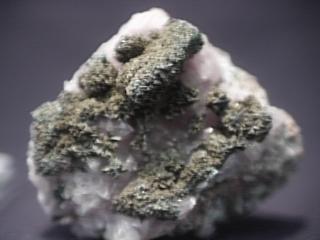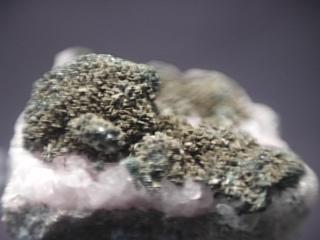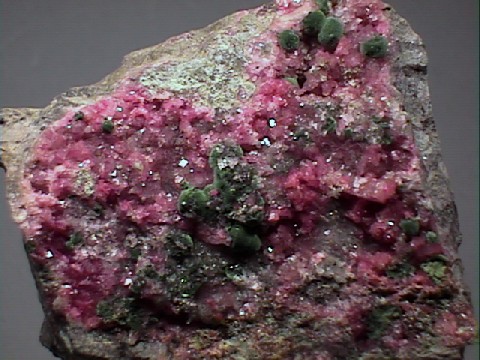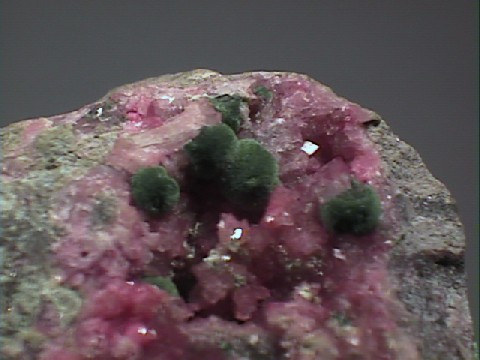 THE MINERAL KOLWEZITE
THE MINERAL KOLWEZITE
- Chemistry: (Cu, Co)2CO3(OH)2, Copper Cobalt Carbonate Hydroxide.
- Class: Carbonate
- Group: Rosasite
- Uses: A very minor ore of copper and cobalt, and as mineral specimens.
Specimens
Cobalt and copper are two very strong coloring agents. Unfortunately, kolwezite is perhaps too strongly colored and is commonly black. It was only identified in the past fifteen years making it a rather "young" mineral in the mineral world. It is named for the famous mines at Kolwezi, Shaba, Zaire from where it was first discovered and from where many new and rare minerals are found.
PHYSICAL CHARACTERISTICS:
- Color is black, green to brown.
- Luster is
- Transparency is translucent.
- Crystal System is triclinic; bar 1
- Crystal Habits include prismatic to acicular crystal sprays and crusts.
- Hardness is 4.
- Specific Gravity is 4.0 (slightly heavy)
- Associated Minerals include malachite, siderite, cobaltian calcite and sphaerocobaltite.
- Notable Occurrences are limited to Kolwezi area of Shaba, Zaire.
- Best Field Indicators are color, locality, density and hardness.






